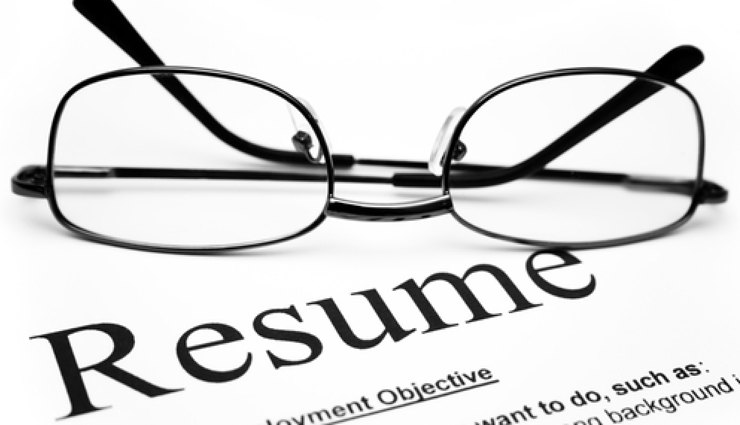04/29/2015 by Carney Sandoe Staff |
Landing the Job
Make Your Resume Reader-Friendly!

Your resume is one of the most important documents in your job search. It’s probably the first part of your file that hiring contacts examine—even before your cover letter, personal statement, or letters of reference. The quality of your resume could mark the difference between a closer look and being relegated to the bottom of the pile.
What do we mean by “quality” of the resume? Incidentally, for an initial glance, it’s not so much about the document’s content. You could have top-notch experience, stellar grades, and a surplus of creativity, but all that will be lost if your resume isn’t easy to read.
Creating a reader-friendly resume can be difficult, particularly if you’re trying to stick to the one-to-two page-length maxim. But a good resume should highlight your accomplishments, not bury them. When formatting your resume, keep these experience-enhancing tips in mind.
Break It Up
A first look at a page chock-full of text can be overwhelming. Do your resume readers a favor: divide the document into easily distinguishable sections. Begin the resume with your full name and complete contact information at the front and center: your identity should never get lost amid your experience. Add headers for Education, Work Experience, and Professional Development. Or get creative and add sections for your passions. “Independent School Leadership Experience,” for example, could include bullet points on the club you created and the faculty committee you led as well as your most recent stint as Dean of Students.
Tell a Story
Rather than string together a jumble of disconnected jobs, your resume should tell a story about who you are as a person and an educator. Direct the reader’s attention: consider beginning with a few sentences about your career objective or educational philosophy. Begin your story in your own words and tell the hiring contact what her eye should focus on as she continues down the page.
Be Choosy
After a few years in the working world, it can be hard to keep your resume concise. How do you know which positions merit further description and which can stand alone? Prioritize your past: think about your career objective and your goals for the future, and highlight the experiences that have best prepared you for the next step. Use keywords that will stand out to hiring contacts and that will help keep your resume succinct. You’ll likely spend extra attention on your more recent positions—you can likely retire that description of the tutoring job you had in college if you’ve been teaching for 10 years, for example.
Within positions, be selective about your explanations. If you want to transition to an administrative role, for example, spend more time discussing the task force you led or the budget you balanced than the details of the classes you taught in your most recent position. Use your experiences as opportunities to demonstrate more than the jobs you held and tasks you completed: display your personality and your interests in each bullet you write.
Change It Up
If you’re looking for a new job, you might find yourself applying to a variety of different positions. While the job descriptions might be similar, each position will likely be a bit different. Consider altering your resume slightly so that it is tailored to each job to which you apply. Try to “answer” the questions and issues raised in the job description by highlighting appropriate experience on your resume. Tailoring your resume shouldn’t require a lot of extra work—it should only be a matter of rearranging sentences and alternating buzzwords—and the payoff could be huge.
Your resume is one of the most important factors advocating for you in your job search. Don’t sell yourself short: create a reader-friendly resume that allows hiring contacts to see every aspect of you as an educator.
Leave a Comment
0 Comments
There are no comments on this blog entry.